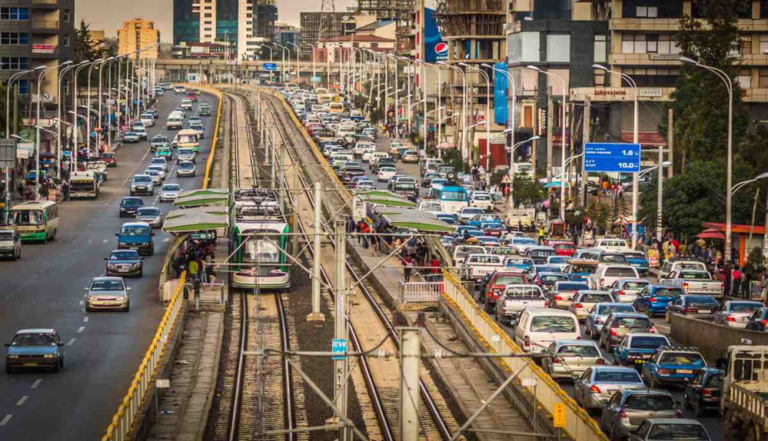Brazzaville, Dar es Salaam, and Luanda of Congo, Tanzania and Angola respectively are also predicted to be hotspots by 2035, EIU’s report revealed on Monday.
Traditional African megacities like Cairo, Lagos, and Johannesburg are expected to maintain their economic dominance, the report, titled “African Cities 2035,” forecasts that mid-sized cities, such as Addis Ababa, are likely to experience significantly faster growth rates.
Infrastructure development, urbanization, and the emergence of nearby megacities are stated as driving factors for the transformation of the cities.
Addis Ababa, already recognized as one of Africa’s most dynamic city economies, is projected to achieve near or above double-digit real GDP growth annually up until 2035 while cities like Nairobi and Abuja are anticipated to experience growth rates between 6 percent and 8 percent during the same period.
The report underscores Africa is experiencing rapid population growth, particularly in urban areas, driven by increased rural-to-urban migration.
“Africa’s urban population will rise from approximately 650 million in 2023 to nearly one billion in 2035, representing a compound annual growth rate (CAGR) of about 3.5 percent, with over 50 percent of Africans living in towns and cities by 2035,” the report notes.
The report, however, warned that the rapid urbanization will bring challenges, including overcrowding, the expansion of informal settlements, and high unemployment, all of which will place significant overstretch on utility services across the continent.
MG/abj/APA


